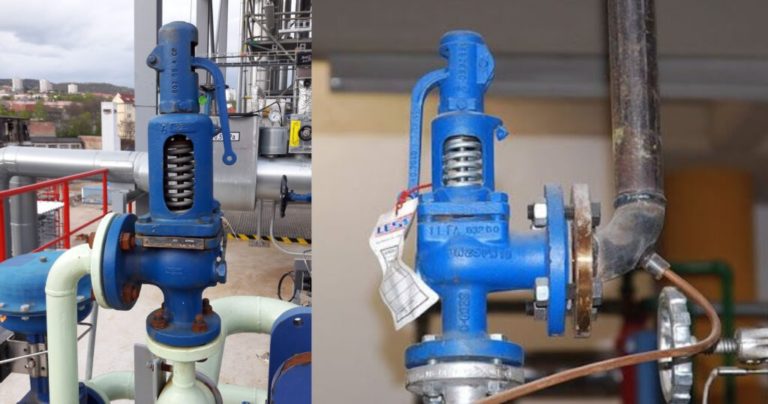When it comes to retirement planning, many people don’t think about using life insurance as a tool. However, there are several tax benefits that make life insurance an attractive option for accumulation. Here are five benefits of using life insurance for retirement planning
- Life insurance policies offer tax-deferred growth. This means that the money you invest in your policy grows free from taxation until you withdraw it.
- Withdrawals from a life insurance policy are typically tax-free
- You can use life insurance to supplement your income during retirement.
- A life insurance policy can be used to leave a financial legacy for your heirs. If you have children or grandchildren, you can use your policy to help them with things like college expenses or buying a home.
- A life insurance policy can provide peace of mind in knowing that you and your loved ones are taken care of financially if something happens to you. No one knows what the future holds, but a life insurance policy can give you and your family some financial security.
When you use a life insurance policy for accumulation, the growth of your cash value is tax-deferred. This means that you will not have to pay taxes on any of the money that your life insurance policy earns until you withdraw it. This can be a huge advantage, especially if you are able to let your money grow for many years without touching it
Another benefit of using life insurance for retirement planning or LIRP is that the death benefit from your policy can be used to help cover any estate taxes that may be due when you die. If your estate is large enough, it could be subject to federal or state estate taxes. By using life insurance to pay those taxes, you can help ensure that your loved ones don’t have to come up with the money to pay them.
When considering life insurance for retirement planning there are a number of different types of policies to consider. These policies typically include universal life, indexed universal life, and whole life insurance.
Each policy type has different features that can make them more or less attractive for retirement planning, but one of the most important considerations is how long you have until retirement.
Whole life insurance also has the added benefit of providing a cash value that can be accessed during retirement. Universal and indexed universal life policies also have this feature.
Another consideration when choosing a LIRP insurance policy for retirement planning is the tax benefits. All permanent life insurance policies offer tax-deferred growth on the cash value, which means you will not have to pay taxes on any earnings.
Life insurance retirement planning can be especially beneficial for individuals who are interested in having a portion of their retirement savings be non-taxable. This will allow these individuals to choose which assets to access for retirement income purposes.
When it comes to retirement planning, life insurance should not be overlooked as a tool to help you reach your financial goals. There are a number of different factors to consider when choosing a policy, and a financial advisor can help you make the best decision for your needs.











